Thermalright Debuts Flame Aesthetic M.2 Heatsinks
Keeping your SSD cool with a 'flaming' hot aesthetic
Thermalright's new pair of M.2 heatsink models, which resemble a scaled down kitchen gadget, promise to funnel heat from even the Best SSDs through their vertical design. The HR-09 2280 is available in a plain and Pro version, with the Pro version essentially doubling the available aluminium surface area that could make a difference between your SSD throttling - or leisurely facing whatever workloads you can throw at it in what should be the hardware equivalent of a poolside summer day.
The Thermalright HR-09 Pro is a blast from the past for hardware enthusiasts, and keep the company's distinct visual style. A pair of 6mm heatpipes conduct heat away from the nickel-plated copper base that attaches to your M.2 SSD, dispersing the heat through thematically-coherent, fire-shaped aluminium fins (33 per heatpipe) that are all jagged edges and protrusions. With dimensions of 74 x 24 x 86mm and weighing in at 90 grams, the HR-09 Pro is taller than some low-profile CPU heatsinks the company has already delivered.
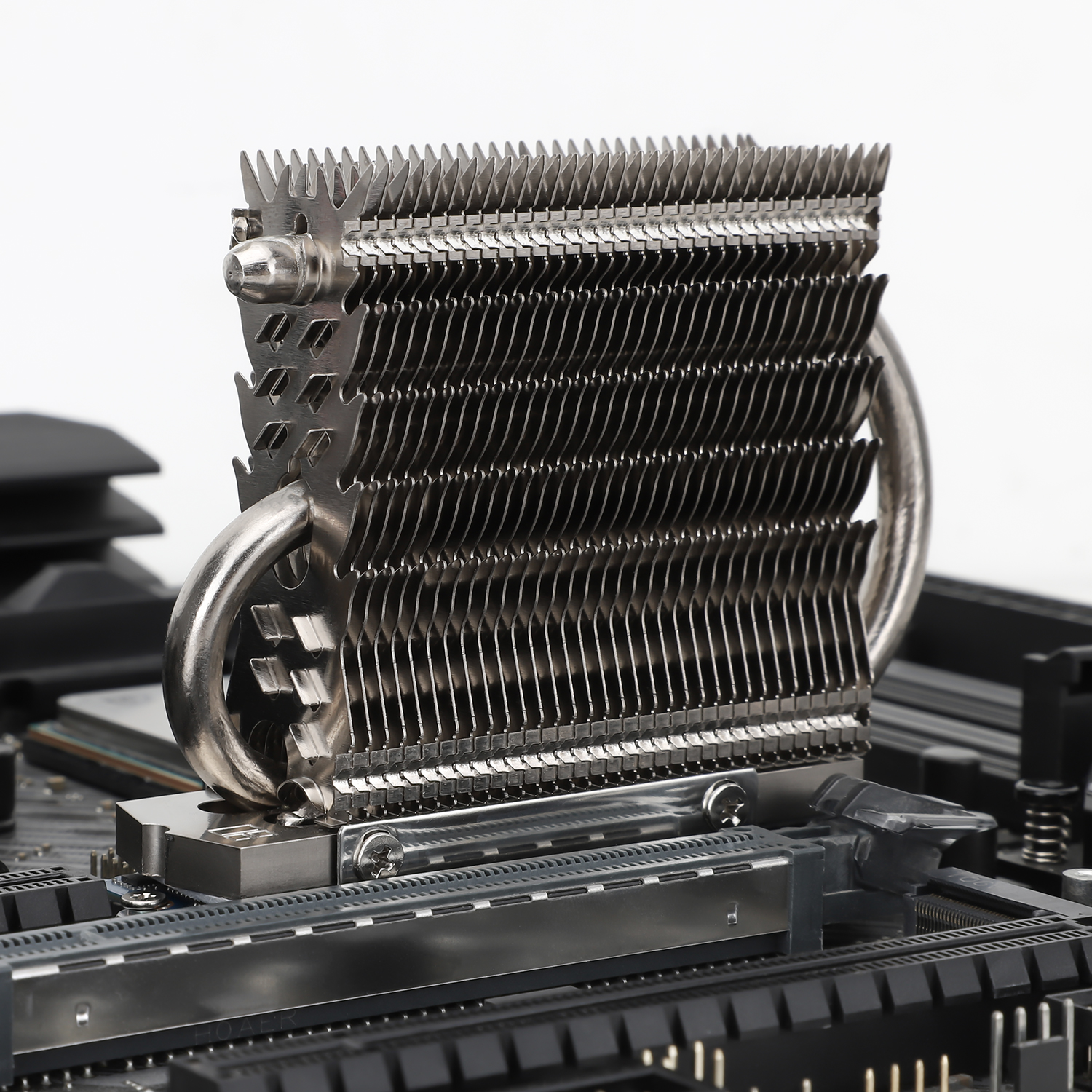
Thermalright HR-09 Pro
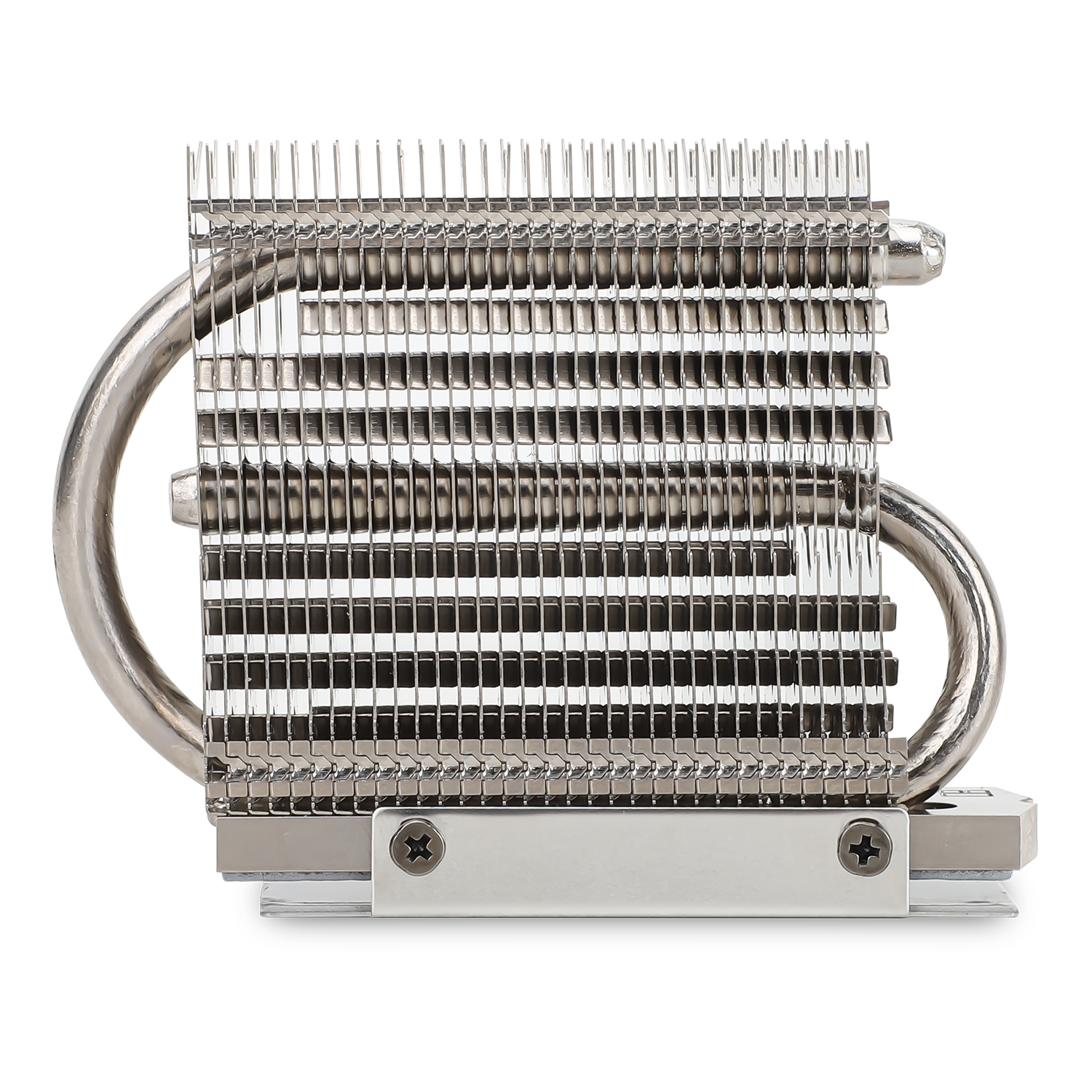
Thermalright HR-09 Pro

Thermalright HR-09 Pro
The non-Pro HR-09, on the other hand, is likely to appeal to users that like a cleaner top view of their SSD heatsink, sporting a single 6 mm heatpipe and 32-piece aluminium fin array. The reduced footprint results in smaller dimensions overall, standing at 48 x 24 x 79mm and weighing in at 80 grams. It still keeps the flame aesthetic of the Pro version, albeit only in a side-view; the unit's top features the Thermalright branding and a much cleaner aesthetic.
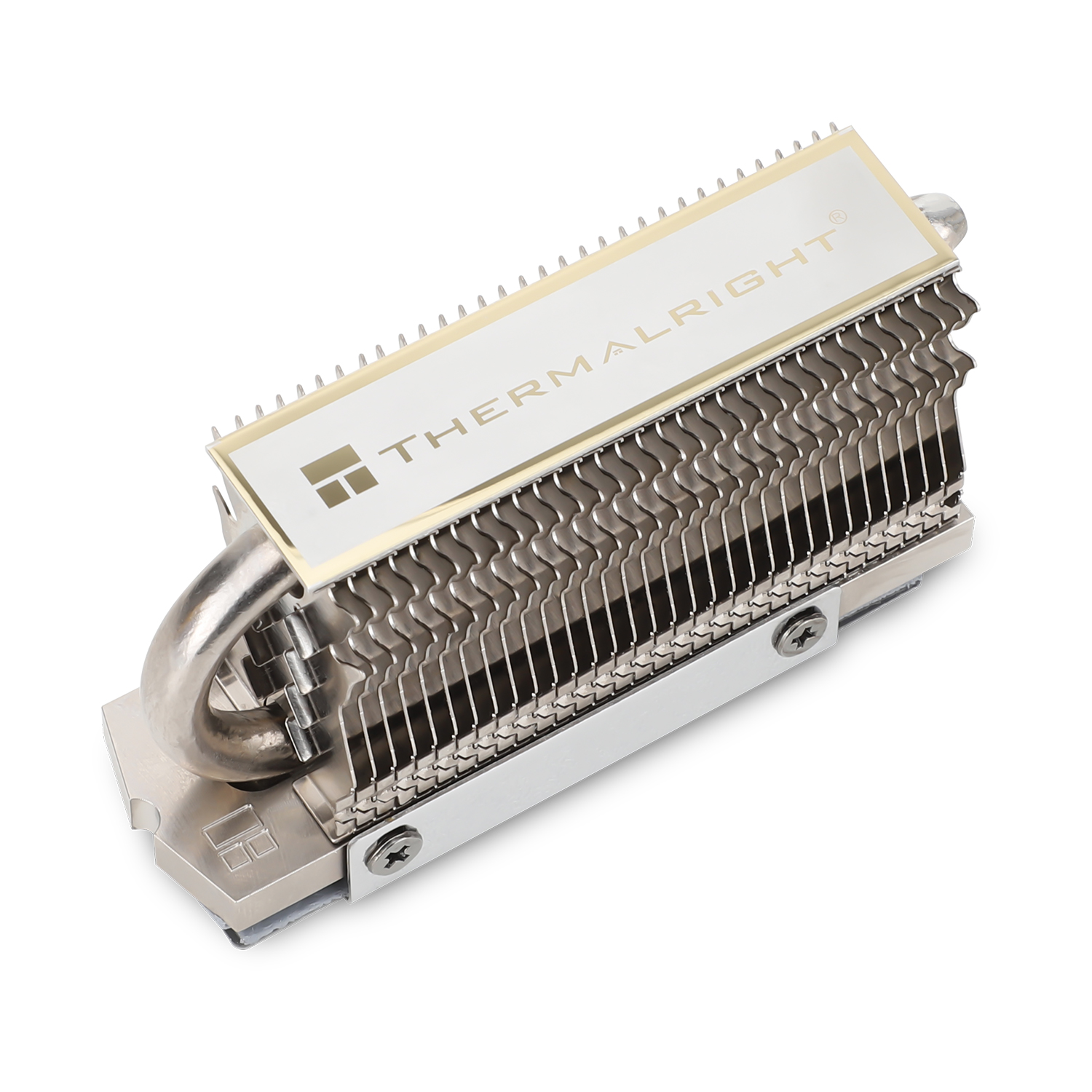
Thermalright HR-09
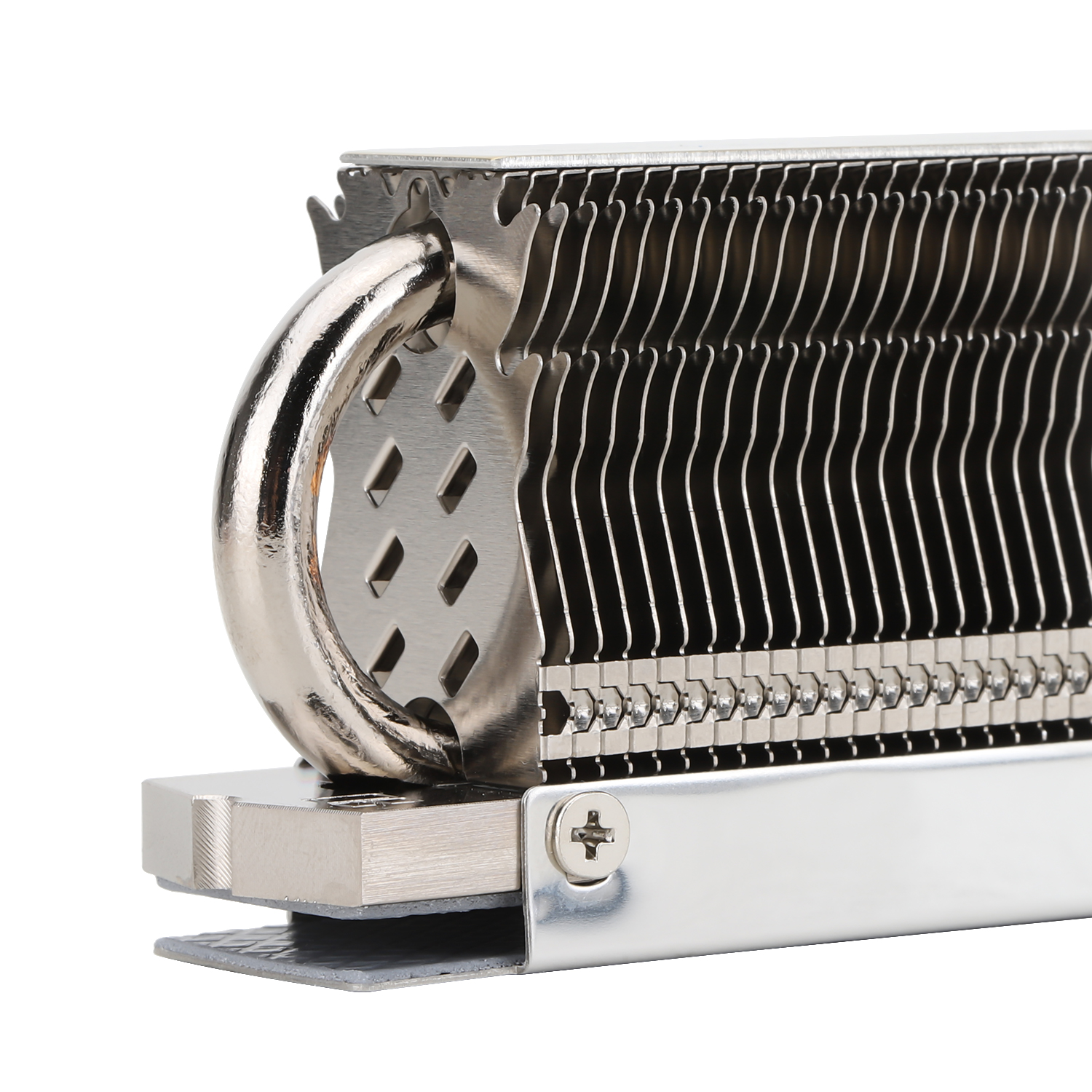
Thermalright HR-09
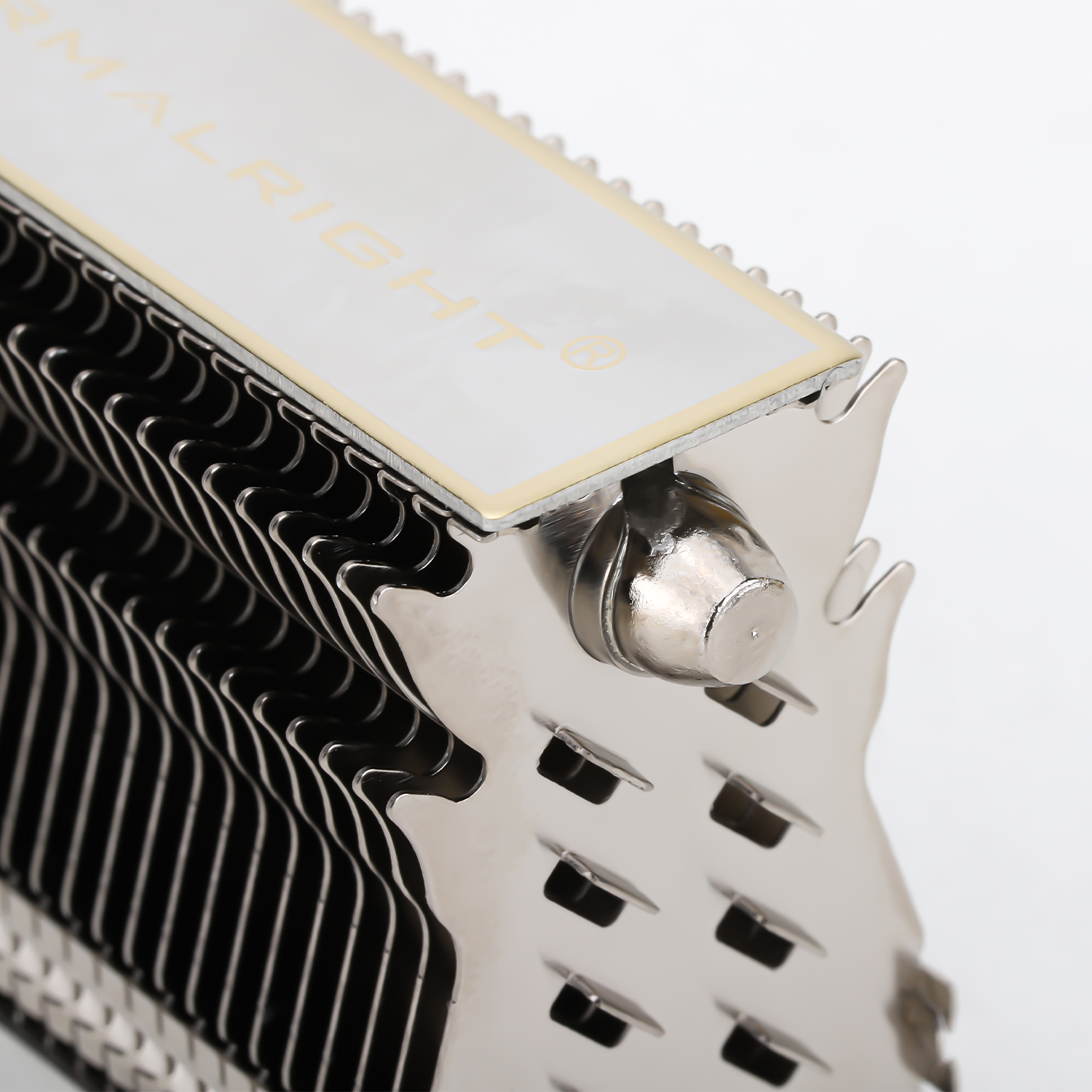
Thermalright HR-09
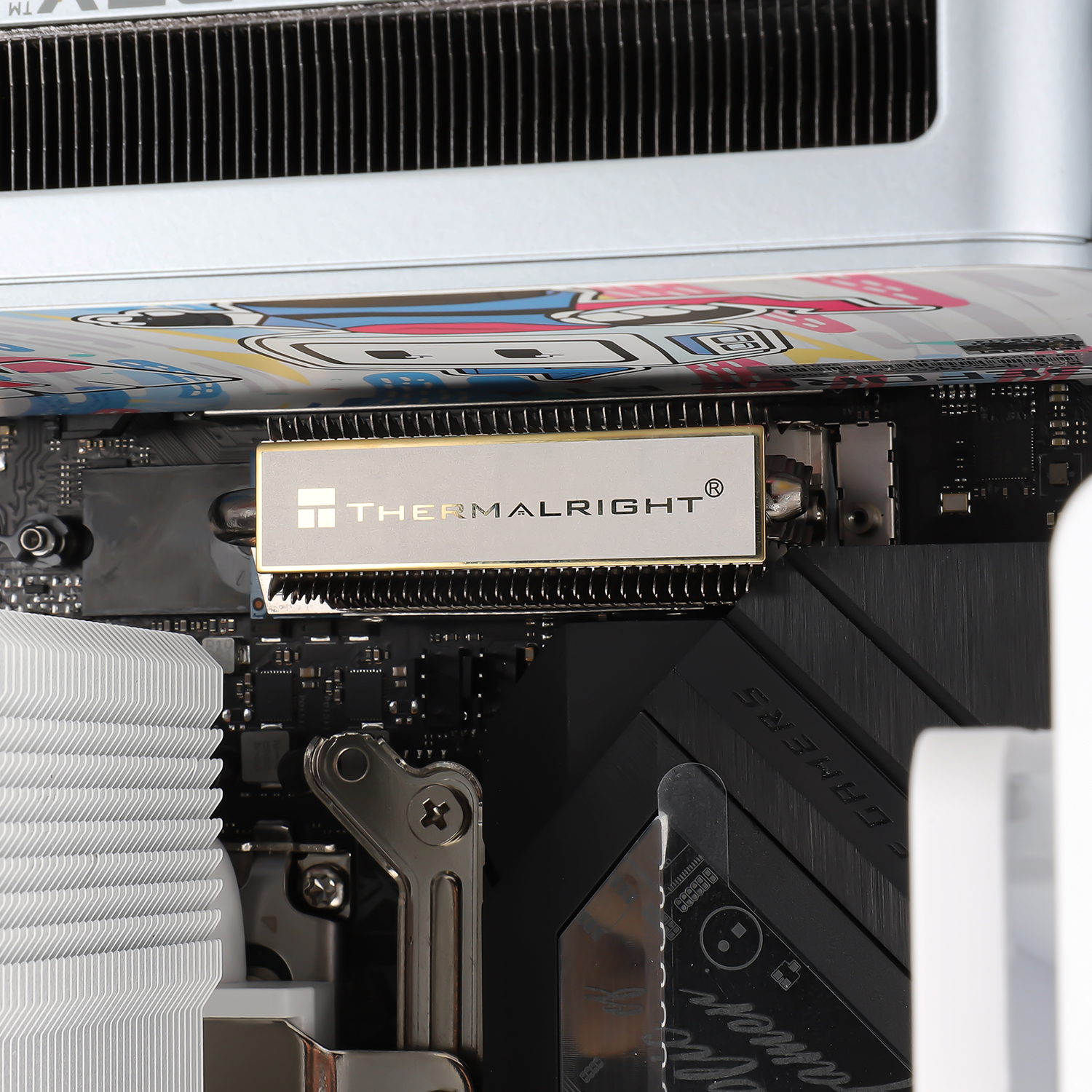
Thermalright HR-09
While current top-end SSDs don't tend to struggle with overheating - which results in throttling and lowered performance in order to keep temperatures in check - PCIe 5.0 SSDs are expected to land in a cooling requirement territory of their own. Phison, one of the industry-leading controller manufacturers for SSDs, has indicated that PCIe 5.0 SSDs would likely require active cooling in order to keep their tremendous performance characteristics in check. While the controllers themselves can reach 120 Celsius, NAND chips work best - and last the most - while operating under 70 Celsius - but would ideally operate between 35 Celsius and 50 Celsius.
None of Thermalright's current solutions feature active cooling of any kind, but ingenious users could fashion fan clips for a 60 mm cooling solution on the HR-09 Pro. We've seen some outlandish SSD cooler designs already - and the number of those is sure to go up as PCIe 5.0 SSDs hit the market with their increased cooling requirements.
Get Tom's Hardware's best news and in-depth reviews, straight to your inbox.

Francisco Pires is a freelance news writer for Tom's Hardware with a soft side for quantum computing.
-
logainofhades Replyhotaru251 said:....why?
overkill & likely no actual performance boost.
Some gen 4 drives get really hot, and I doubt Gen 5 is going to be much better. -
Phaaze88 Over-engineered indeed. Just the controller needs the cooling, and the nand does best warm; one can reduce its lifespan if it runs too cool... but I guess that's unlikely, except under custom liquid.Reply -
logainofhades I have active cooling, on my M.2, due to it being ITX, and the chipset fan being attached to the M.2 heatsink.Reply
https://static.gigabyte.com/StaticFile/Image/Global/ef15bab4eac04fa62ee708c908150cb1/Product/22210/webp/1000 -
SergeK Reply
samsung 970 pro will thank you in any case, especially under load in summer without air conditioning in the room =)hotaru251 said:....why?
overkill & likely no actual performance boost. -
hotaru251 Reply
m.2 don't slow down until nearing 80c.SergeK said:without air conditioning in the room
and very few ppl will ever hit their storage hard enoguh to ever get that high.